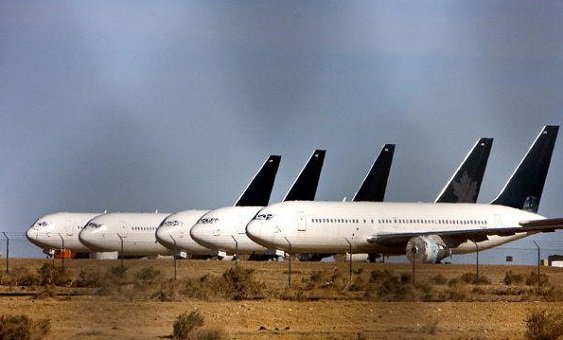SLACKS IN FLEET PLANNING
|

|
Airlines spend a lot of time, effort and resources on optimization.
Doing so, an organization can get weary of cost drives. At some point, the question may come how realistic further efficiency improvements are.
Nevertheless, some topics seem to stay under the radar.
|
SLACKS IN LONG TERM FLEET PLANNING
One of the top hidden inefficiencies in airlines is the presence of slacks in long term fleet planning.
When optimizing fleet, most focus is on production planning.
However, fleet efficiency is also substantially influenced by the timing of fleet mutations, reserve policies, the charter availability strategy, training and the planning of maintenance checks.
Inadequate long term coordination of these needs causes temporary slacks -or shortages- in fleet capacity.
Due to the way most airlines look at optimization, these slacks mostly remain undetected -or unaddressed because they are perceived as incidental, not structural-.
UNDER-ESTIMATED EFFECT
The effects of this are under-estimated. Fleet plan slacks easily exceed 10% of fleet capacity. That's a lot of cash!
Sometimes it's the price of a simplified planning approach; for example by allocating entire fleet lines to maintenance or charters, so departments can plan independently.
It will be rare that this matches the exact need, with significant spillage as inevitable consequence.
UNDETECTED = UNADDRESSED
One reason that such slacks persist is that airline profit monitoring is geared to routes, not to critical profit factors.
In a traditional P&L, all fleet ownership costs will be allocated to production, evenly divided over block hours.
Thus the optimization focus will be to improve the flights, while the real problem -the unused fleet slots-, stays out of the spotlight.
SUB-OPTIMIZATION
Another reason for fleet slacks is that airlines are organized to sub-optimize. For example, a Maintenance Department will mainly look at optimal resource planning and optimal interval utilization.
Fleet ground time is not part of this equation, at best only controlled at planning level, but never reported as maintenance cost.
This, while there are good possibilities to harmonize maintenance planning with other fleet needs, while securing a high interval utilization.
PROFIT IMPROVEMENT OPPORTUNITY
There is great variety in how airlines deal with long term fleet planning.
With some, the function hardly exists. With others, itís in hands of a professional department.
However, the vibrant interaction between departments involved, at a level necessary to optimize cash savings, is rarely found.
In a way, this can be seen as good news; almost all airlines have perspective to improve their profits with this!
back to top
